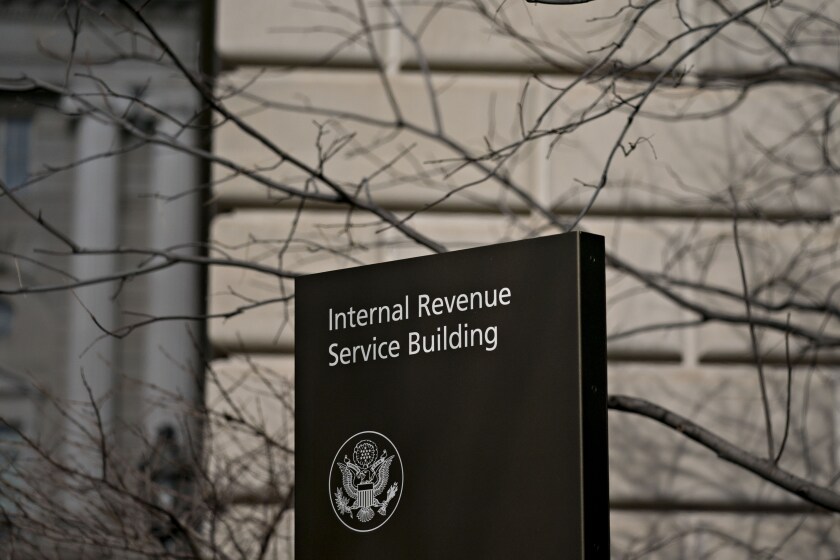With coronavirus driving more merchants to promote electronic payments over cash — and contactless payments over cards — many are still asking their customers to share a potentially virus-laden pen to sign a receipt or screen at the point of sale.
The reasoning isn’t simple, according to Linda Kirkpatrick, president of U.S. issuers at Mastercard, which recently dusted off its April 2018 bulletin to merchants explaining that signatures have not been a valid customer verification method for a long time. Card networks dropped the signature requirement to verify customers’ card purchases two years ago when more secure EMV technology became ubiquitous in the U.S.
“From a safety and security standpoint, EMV and contactless payments began to supersede the physical signature after the October 2015 EMV liability shift, and while many large retailers have eliminated signatures, certain retailers still haven’t changed their approach,” Kirkpatrick said.
One reason could be that small and midsize merchants who don’t routinely talk to third-party processors that provide their payment terminals haven’t received the message, Kirkpatrick said.
“In some cases there’s a communication gap between a merchant’s staff and their processor, so the store isn’t even aware signatures are no longer required,” she said.

Technical issues could also be at play with a small slice of U.S. merchants that still haven’t upgraded to EMV-enabled payment terminals.
“Merchants with antiquated payment terminals may be limited in their ability to disable the feature that prompts for a signature,” Kirkpatrick said.
But a good number of merchants persist in asking for signatures for their own purposes, and they are entitled to do so, according to Kirkpatrick.
Employee Benefit News' March/April issue explores how workplaces are navigating pandemic challenges and making plans to return to the office.
The Internal Revenue Service released information on how employees now have until the end of the year to repay any payroll taxes they deferred from last year.
CPA firms will be in a great position to help their small business clients with the latest round of the Paycheck Protection Program, according to Barry Melancon.
“Certain merchants — often jewelry or luxury stores — print their merchandise-return rules on receipts, and getting a signature helps customers acknowledge their policies by signing, though it has nothing to with Mastercard’s network or disputing a chargeback,” Kirkpatrick said.
Tips are another reason. At some businesses where employees receive tips — restaurants, hair salons and dog grooming shops, to name a few — customers have the option to add a tip to the payment card receipt when it’s presented for signature.
At restaurants where a paper receipt is the only option for receiving a tip, staff members are understandably loath to eliminate signatures because they may lose tips from cash-strapped customers.
Anecdotally, this phenomenon is highlighted during the coronavirus, when many restaurants’ only source of revenue is takeout, and employees depend more than ever on tips from cardholders.
Acknowledging that some retailers will persist in the near future with asking for signatures for their own reasons, Mastercard in March began a series of moves to remind merchants of the benefits of accepting electronic and contactless payments, and to clarify its rules around signatures, Kirkpatrick said.
“We went out with communications to acquirers and now we’re reminding customers directly about the rule change, making sure everyone is aware that signatures are optional,” Kirkpatrick said.
Mastercard in March published a bulletin through its network to card issuers, processors and merchants reiterating its 2018 bulletin eliminating the signature requirement. Mastercard also is sending messages through Twitter and Facebook reminding merchants and customers that no signature is required for customer verification.
Kirkpatrick said Mastercard is using the same channels to promote contactless payments.
“When you tap your Mastercard at grocery stores and pharmacies, it’s a safe no-touch way to pay,” Mastercard said in a recent Facebook post.
Visa also relaxed its rules in 2018 around verifying customers via signature, but Visa was not available to comment on merchants still using signatures to verify customers.
Visa has generally promoted contactless as a more efficient way to pay, and recently Visa UK praised various countries in Europe on plans to raise contactless payment limits. In the U.K., the ceiling on tap-to-pay transactions rose from $30 to $50. (In the U.S. there is no specific limit on contactless payments.)
While Walmart remains one of the few large U.S. retailers that continues to eschew contactless EMV payments, the nation’s largest store chain recently streamlined its in-app Walmart Pay process to be completely touchless.
In late March Walmart announced that shoppers in stores need only scan a QR code. Previously consumers were required to touch the checkout screen twice: once to select a payment method and again to confirm the total at the end of the transaction.





